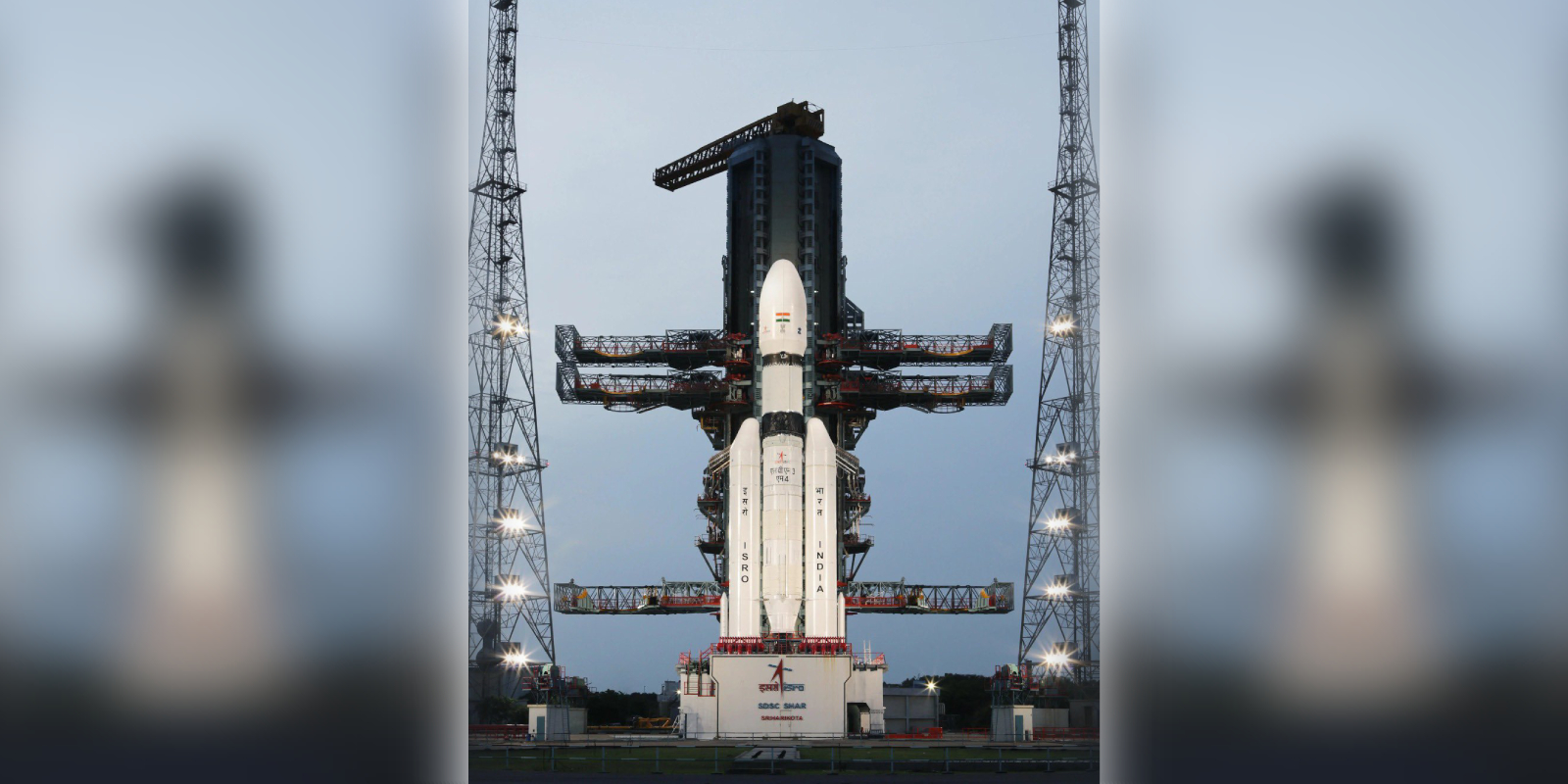The Chandrayaan-3 mission is the latest in the ISRO's Chandrayaan ("Moon craft") series of lunar missions.

Chandrayaan 3. (narendramodi/ Twitter)
Chandrayaan-3, India’s third lunar mission, which was launched on Friday, 14 June, involves collaboration with different space agencies including the European, Australian and US counterparts of ISRO.
The Chandrayaan-3 mission is the latest in the Indian Space Research Organisation’s (ISRO) Chandrayaan (“Moon craft”) series of lunar missions, which will demonstrate new technologies required for interplanetary spaceflight and aims to achieve India’s first soft landing on another celestial body.
The lander module is equipped with instruments to measure the surface temperature and seismic activity around the landing site, a laser retroreflector provided by NASA, and more.
The rover’s instruments will be used to investigate the composition of nearby lunar surface material. Surface operations will last for approximately 14 days.
Communication is an essential part of every deep space mission. Ground stations on Earth keep operators safely connected to spacecraft as they venture into the unknowns and risks of space, said the European Space Agency (ESA) in a statement referring to the Chandrayaan-3 launch on its portal.
Without ground station support, it is impossible to get any data from a spacecraft, to know how it is doing, if it is safe or even where it is, it said.
ISRO operates a 32-metre deep space tracking station in India, that enables it to locate, track, command and receive telemetry and scientific data from its distant spacecraft. But sometimes, ISRO’s operators need to track or command a spacecraft when it is outside the field of view of this antenna.
Building new giant antennas and control stations around the world is very expensive.
“So, like many space agencies and commercial companies across the globe, ISRO will receive support from the stations of partner organisations instead. Not only does this significantly reduce costs, but it also fosters international spaceflight collaboration,” the ESA said.
“Thanks to its global ‘Estrack’ network of deep space stations, ESA can help its partners track, command and receive data from spacecraft almost anywhere in the Solar System via its ESOC (European Space Operations Centre) mission control centre in Darmstadt, Germany,” it added.
ESA’s 15-metre antenna in Kourou, French Guiana, will be used to track Chandrayaan-3 during the days after launch to help ascertain that the spacecraft survived the rigours of lift-off and is in good health as it begins its journey to the Moon.
As the spacecraft recedes from Earth, ESA will coordinate tracking support from the 32-metre antenna operated by Goonhilly Earth Station Ltd in the UK.
Goonhilly will support Chandrayaan-3’s propulsion and lander modules. Crucially, it will support the lander during the entire phase of lunar surface operations, helping to ensure that science data acquired by the rover arrives safely with ISRO in India, it said.
“Data and telemetry sent back by Chandrayaan-3 arriving via Kourou and Goonhilly will first be forwarded to ESOC. From there, they will be sent to ISRO for analysis,” it added.
👏 Congratulations to @isro for a great launch!
More info on how we’re supporting the #Chandrayaan3 mission 👉 https://t.co/47e1EASjIy https://t.co/mo0143Lfj2
— ESA (@esa) July 14, 2023
The two European stations will complement support from NASA’s Deep Space Network and ISRO’s own stations to ensure the spacecraft’s operators never lose sight of their pioneering Moon craft.
The Canberra Deep Space Communications Complex, which is part of NASA’s Deep Space Network, tweeted, “The Goldstone Deep Space Communications Complex, part of said Our sister station @GoldstoneDSN continues with two-way communications for @isro’s #Chandrayaan3 mission to the Moon.
“As part of a worldwide network, @Madrid_DSN is in control at this time. As we say in the Deep Space Network, ‘Don’t leave Earth without us!'”
At 3.31 PM, the Canberra Deep Space Communications Complex received signals from Chandrayaan-3. “Good hear from you #Chandrayaan3,” it tweeted.
Good hear from you #Chandrayaan3
📡〰️〰️🛰️ 🌖 pic.twitter.com/qpR5EQGndB— CanberraDSN 📡 (@CanberraDSN) July 14, 2023
(Disclaimer: The headline, subheads, and intro of this report along with the photos may have been reworked by South First. The rest of the content is from a syndicated feed, and has been edited for style.)

Aug 28, 2023

Aug 24, 2023

Aug 24, 2023

Aug 23, 2023

Aug 23, 2023

Aug 23, 2023